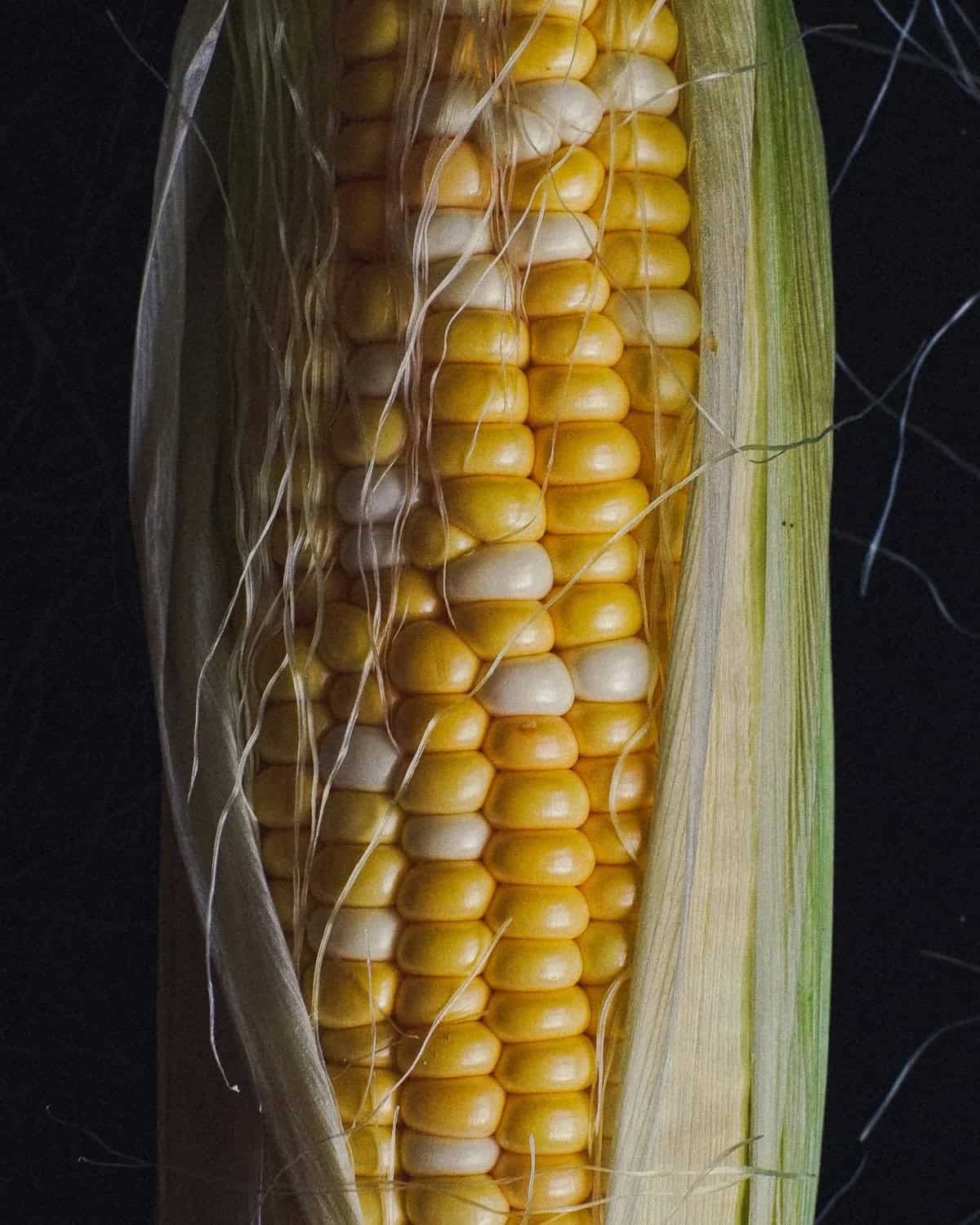
You know those fine, yellow threads you peel away from fresh corn cobs? That’s corn silk—no need to toss it! I’m sharing two super easy ways to use corn silk in the kitchen. Spoiler: one involves a cozy cup of tea, and the other brings back some nostalgic cooking vibes. 🌾
Note: Some of the links below are affiliate links. At no additional cost to you, I may earn a small commission if you purchase through those links. You can read my full affiliate disclosure here.
A couple of weeks ago, I learned from my parents that people make tea out of corn silk in Romania. You can even buy it dried at pharmacies or grocery stores over there (yep, I checked!).
Corn silk—aka those long, fine, yellow-greenish threads that look like the cob’s wild hairdo. I used to call them angel hair (and, well... I still do). It’s soft and silky—no surprise that’s where the name comes from.
In German, there are other fun names for it too—like corn beard or corn hair. Which one’s your favorite? I’m torn—they’re all so charming. Corn silk, corn beard, corn hair (angel hair)... I mean, how adorable is that?
I want to share two ways I love using corn silk in the kitchen.
Cooking Corn (Silk)
Let’s start with the first (and honestly, easiest) way to put that silky goodness to use.
Every August and September of my childhood meant one thing: boiled corn on the cob. My grandparents would pluck off the silky threads and leafy husks, toss everything—cobs included—into a big pot, and let it simmer away. The sweet, cozy smell of late summer and golden autumn days would drift through the house, waft out into the yard, and swirl into the garden—where you’d find me hanging around, nose in the air, waiting (not so) patiently.
And when the corn was finally ready, I’d sprinkle on a bit of salt, dive right in... and without fail, burn my tongue. Every. Single. Time. (Totally worth it, though.)
These days, I still cook corn on the cob the same way my grandparents did—leaves, silk, and all. I swear it tastes better that way.
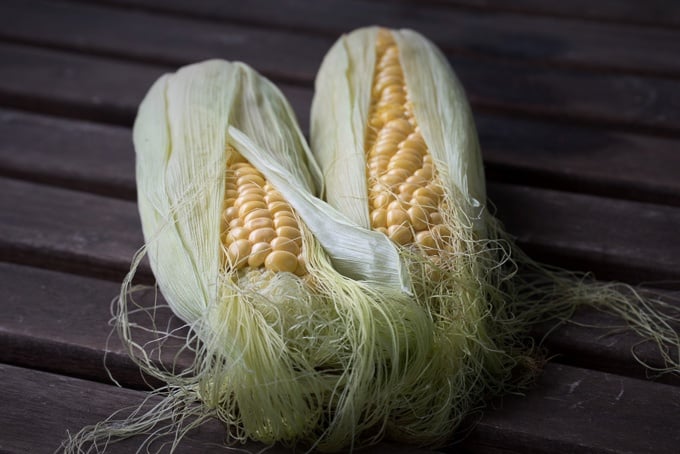
Corn Silk Tea Recipe
And then... there’s corn silk tea—the second (and equally great) way to use corn silk.
Like in traditional Chinese medicine, people in Romania swear by its benefits, especially when it comes to urinary tract issues. Thanks to its diuretic properties, corn silk tea is believed to support the bladder and kidneys.
This week, I brewed myself a cup using fresh corn silk (thanks for the tip, Mum and Dad!) and... yum. YUUUUUM! Mild, subtly sweet, and smelling like a sun-kissed, rustling cornfield—warm, cozy, and just a little dreamy. I sipped slowly, instantly transported to that imaginary cornfield, daydreaming. Bliss.
🍵 How to make corn silk tea 🍵
- With fresh corn silk:
Use the threads from one cob. Pour boiling water over them and steep for about 10 minutes.
- With dried corn silk:
Use one teaspoon per cup. Steep in hot water (just like with fresh corn silk) or simmer gently for 10 minutes for a stronger brew.
Drying Corn Silk
Got fresh corn silk but not ready to use it right away? Or maybe you have a larger quantity and want to stock up on tea for later? It's incredibly easy! Just let the corn silk air-dry at room temp for a few days—spread it out as much as possible on paper/kitchen towels (try to keep the strands from overlapping too much), and that’s it. Once dried, pop it into an airtight container, and you’re set for up to a year of cozy, corn-silk tea sippedy yumminess.
Alternatively, you can buy dried corn silk at specialty stores, pharmacies (for sure in Romania and Germany), or even online—Amazon’s got you covered (see here and here).
I’m curious—have you ever tried corn silk tea? Or do you have any other fun, unusual tea recommendations? I’d love to hear!
Wishing you planty of tea-sipping delights,
Ramona
More Unusual Teas
______________

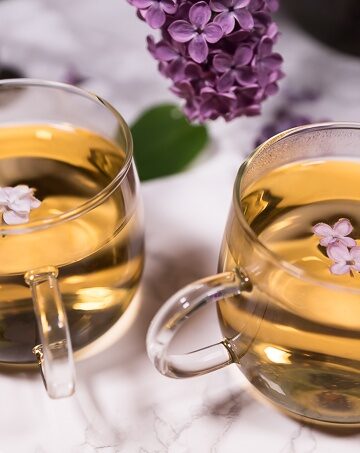
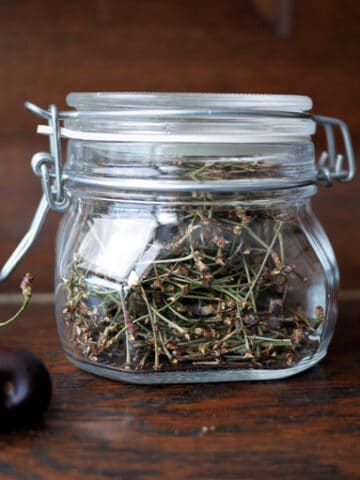
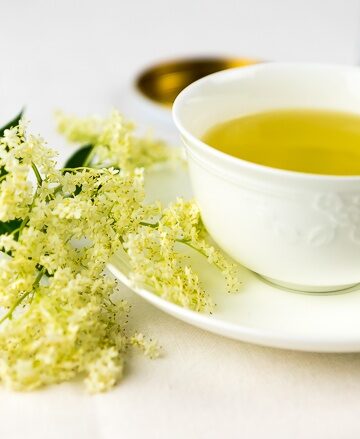
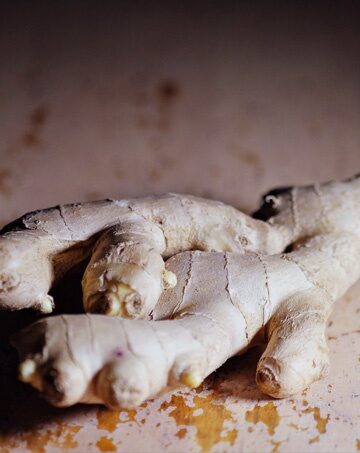
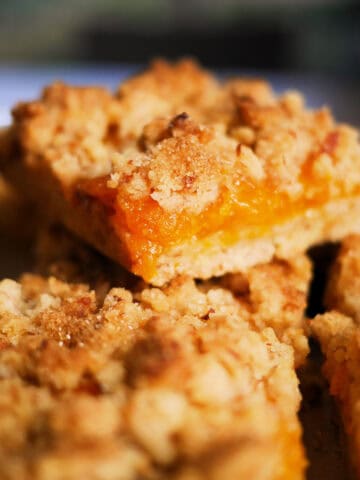
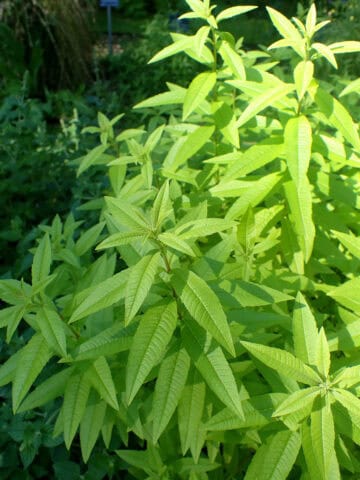

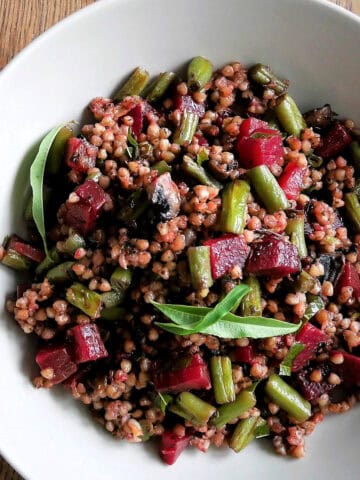
Write a Comment